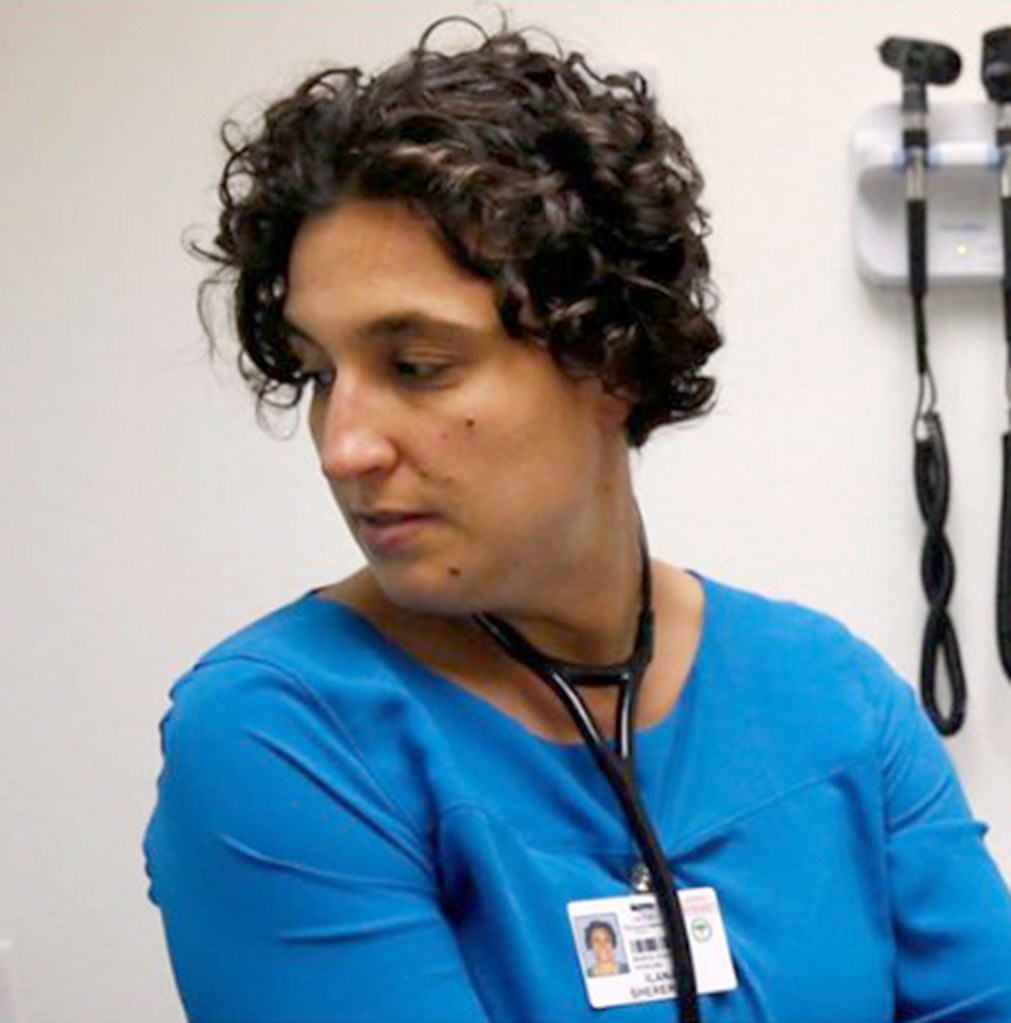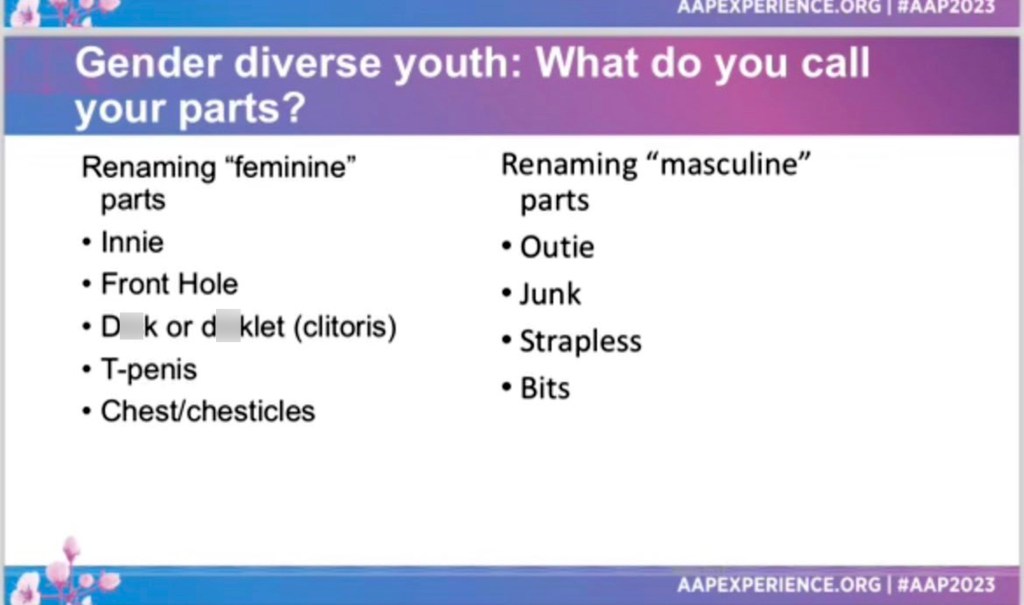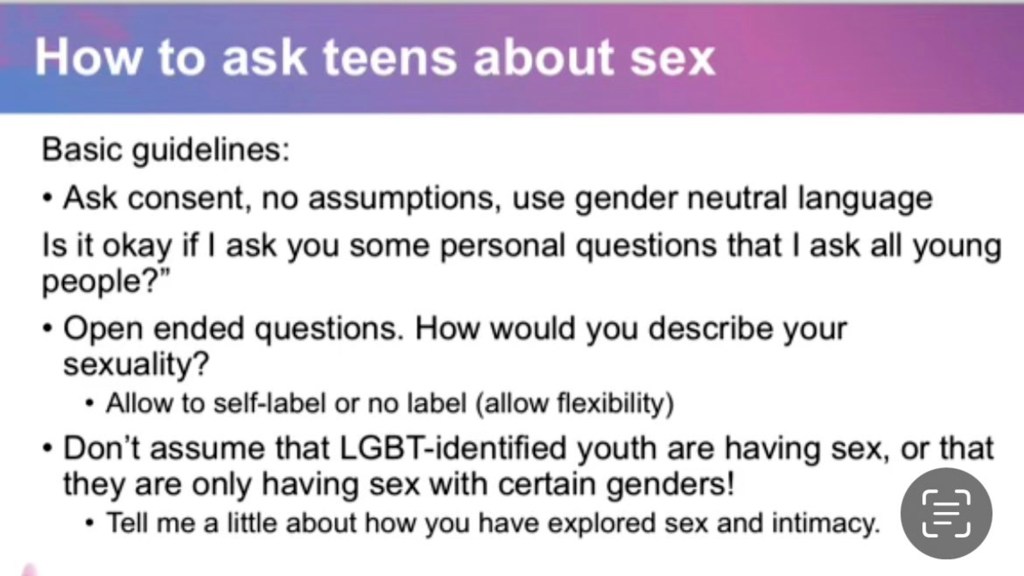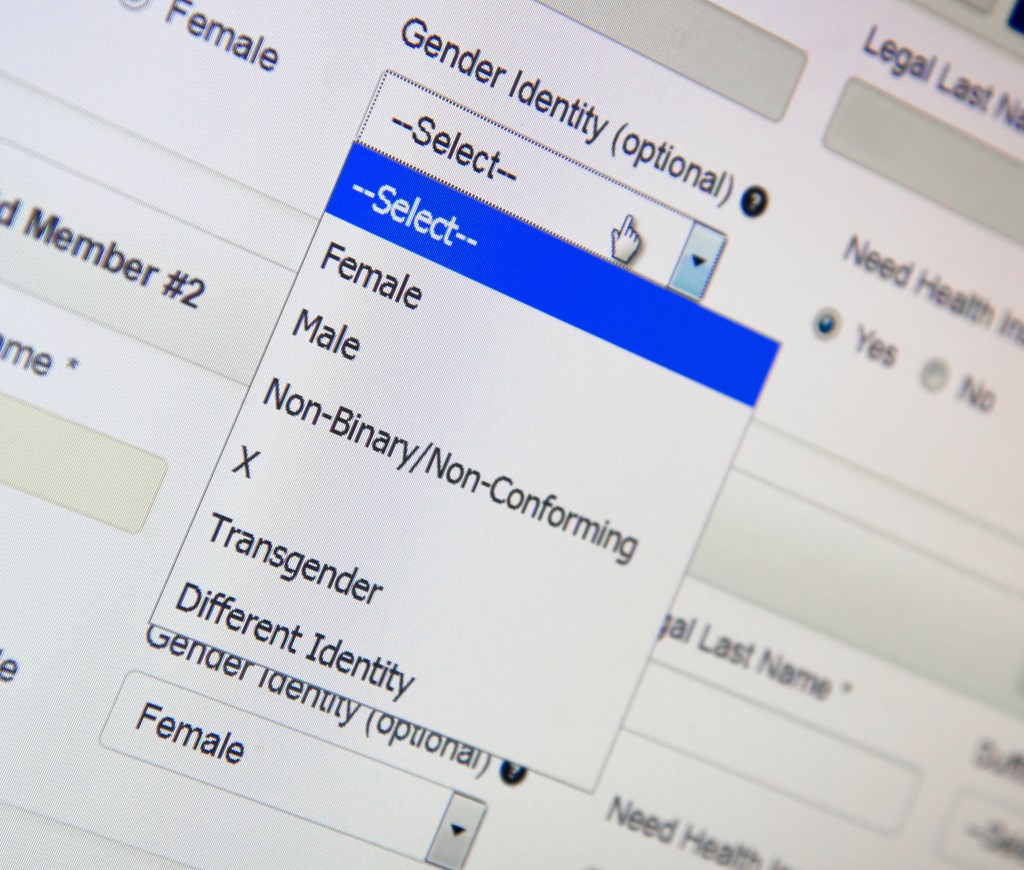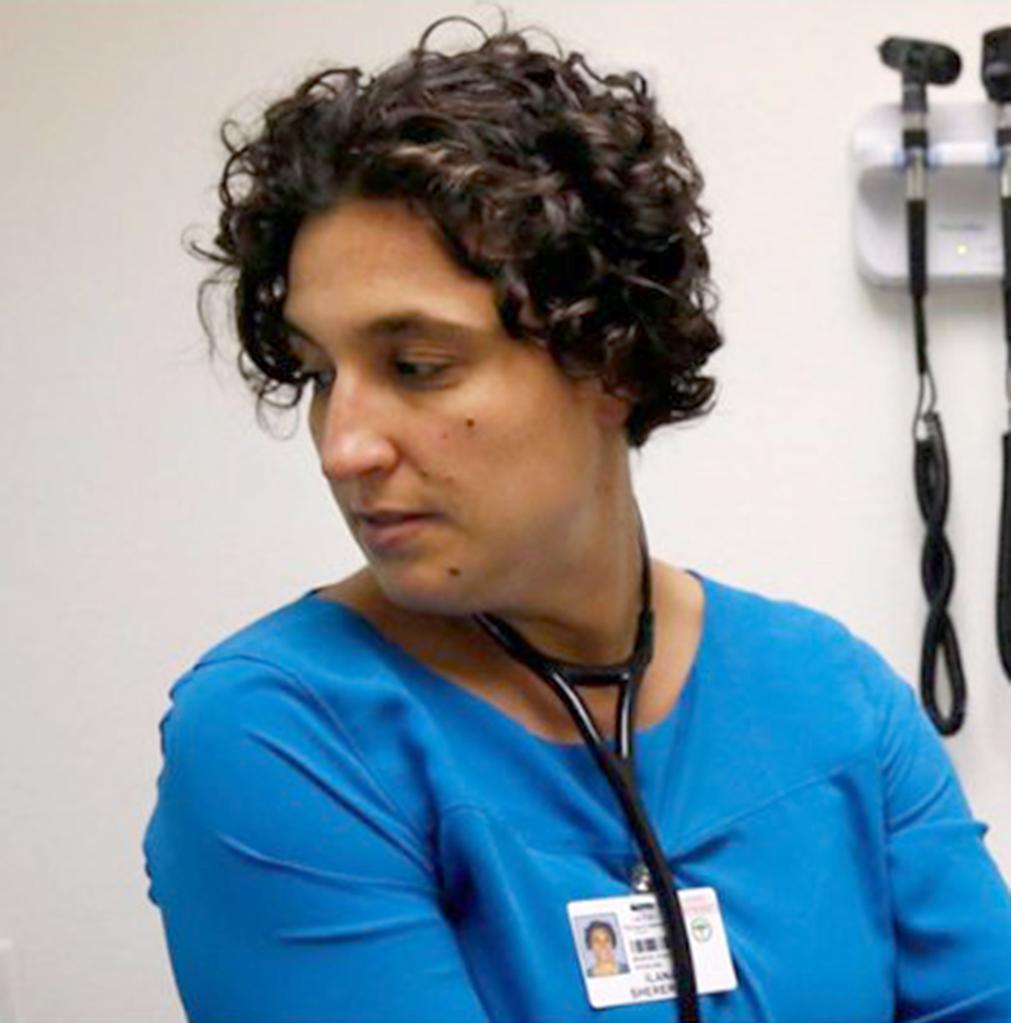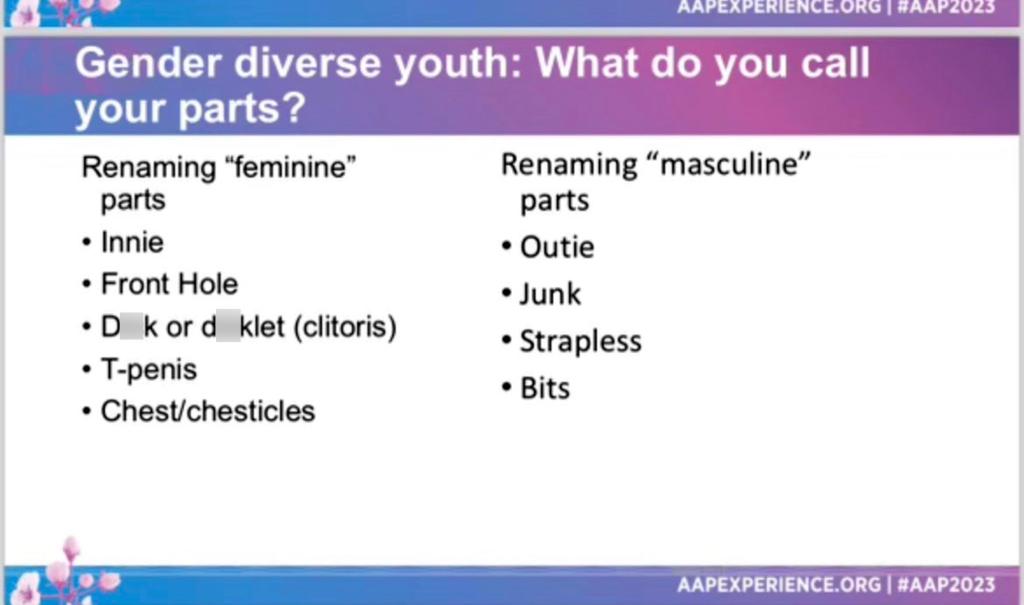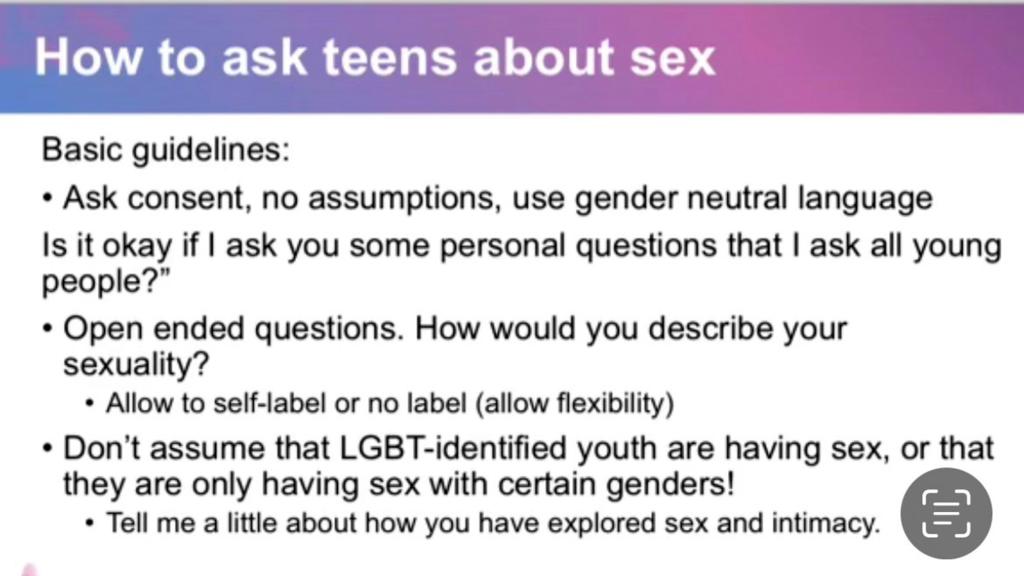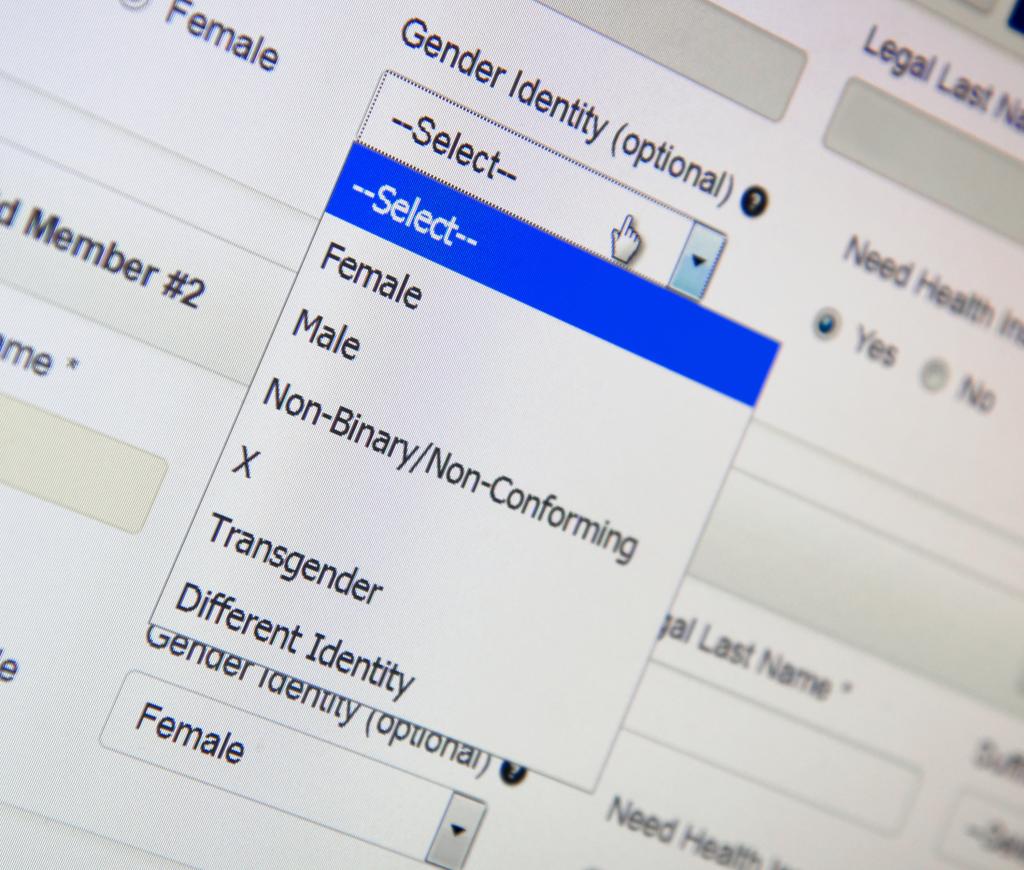Having an “outie” doesn’t mean what it used to.
California pediatrician Dr. Ilana Sherer is purportedly calling for penises to be renamed as “outies, and vaginas to be coined as “innies” in a bid to make medical terminology more inclusive.
Sherer, a Palo Alto Medical Foundation/Sutter Health physician, reportedly recommended the more gender-neutral language while presenting at the American Academy of Pediatrics’ (AAP) National Conference & Exhibition last weekend.
According to the presentation slides obtained by Manhattan Institute fellow Leor Sapir and posted on X, formerly Twitter, doc also suggested clitorises be coined “d–klets”.
She further proposed the words “junk” and “bits” as alternatives to “‘masculine’ parts,” and “chest” or “chesticles” for breasts, which she describes as “‘feminine’ parts.”
Vaginas could also be renamed as “front-holes” according to the progressive practitioner.
Sherer’s updated terminology, however, has not been formally adopted by the AAP, despite the fact it has also encouraged for gender-neutral language and has advised physicians to avoid binary phrases — such as “opposite” sex or gender — unless necessary.
Sherer is the latest doc to appeal for more inclusive terminology in medicine, as understandings of gender and sex start to shift among the community at large.
According to the APP, “gender identity is not synonymous with sexual orientation.”
While sex, which is assigned at birth, pertains to the male, female or intersex reproductive organs, gender refers to the social constructs of man or woman based on behaviors, traits, roles and other norms, according to the World Health Organization.
According to progressive experts and organizations, gender, traditionally believed to be binary, is now considered a spectrum that includes, but is not limited to, nonbinary, genderfluid, transgender and cisgender men and women, meaning that their gender identity corresponds with their sex assigned at birth.
Some experts believe that, because a person’s biological sex is independent of their gender identity, there is a need for gender neutral language, with industry professionals in favor of the term “birthing person” or “pregnant person” in lieu of “woman.”
However, Sherer’s recommendations for naming conventions of reproductive organs has ruffled the feathers of a few doctors, who told the Daily Mail that physicians don’t need to sound “cool” — they can still “respectfully use clinical, anatomical language” with adolescents in their office.
“Kids might giggle or snicker but they will likely be even more put off if we try to ‘match’ their word choices, which may be based on pornographic or inappropriate online resources,” said Dr. Leonora Regenstreif, a family physician who practices in Canada.
Instead, she suggested asking patients questions like, “Are you sexually active?” or “Have you had intercourse with someone with a penis?”
“Any more detail than this — like suggesting novel words like ‘front-hole’ or ‘d—klet’ — are unnecessary and prurient,” she argued.
California pediatrician Dr. Julia Mason echoed similar sentiments, expressing concern that new labels for body parts encourage “dissociation from young people’s sexed bodies in the doctor’s office, where terms need to be simple and clear.”
Sherer’s presentation also included informational slides regarding “non-pharmalogic treatment of body dysphoria” in trans youth.
Gender dysphoria is a common and extremely distressing phenomenon for trans youth, who feel uncomfortable in their physical bodies that do not correspond with their gender identity.
Trans boys may want binders to compress the chest, pack with a penile prosthetic and undergo vocal training, while trans girls may benefit from padding their chest or tucking their male genitalia, according to the presentation slides.









